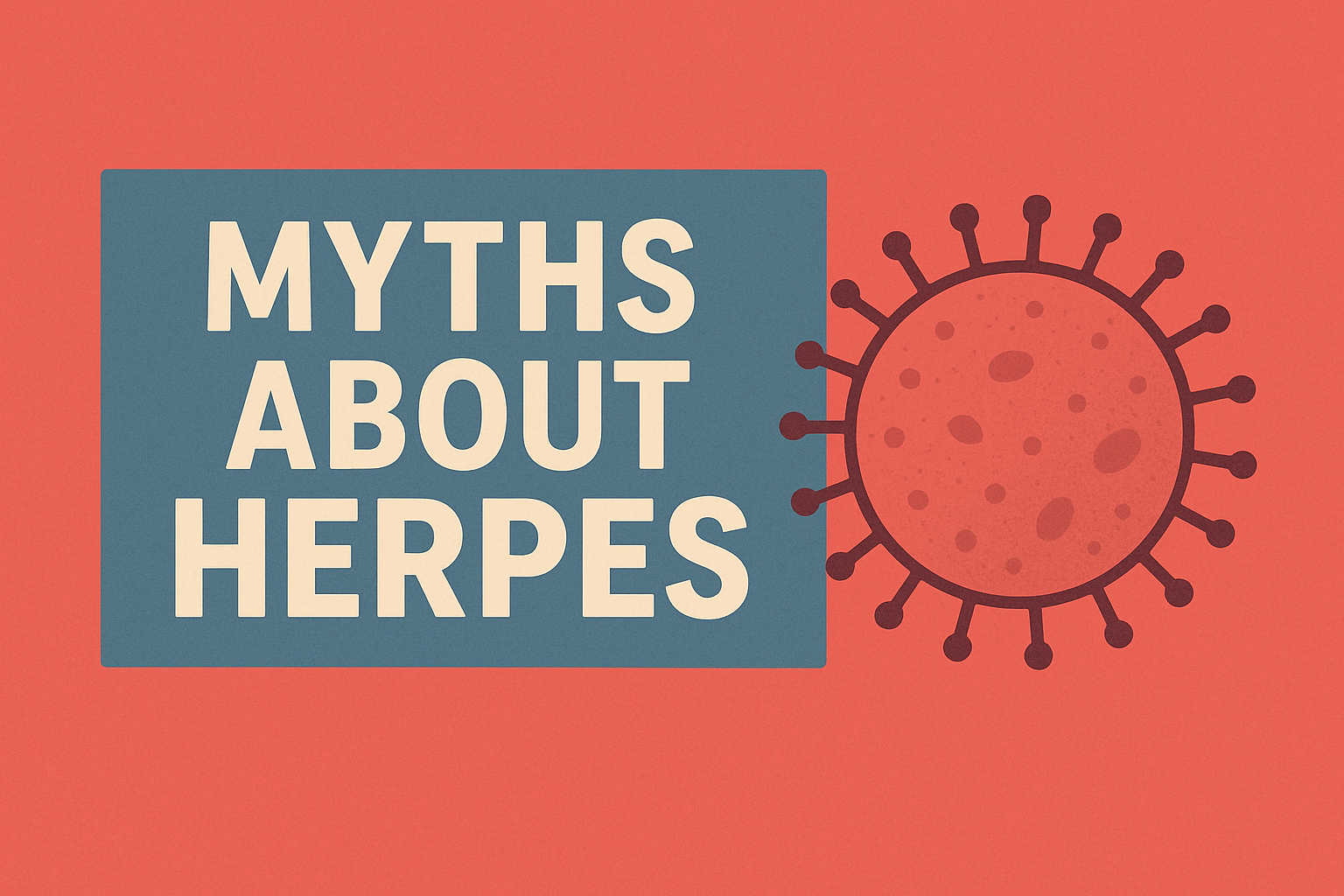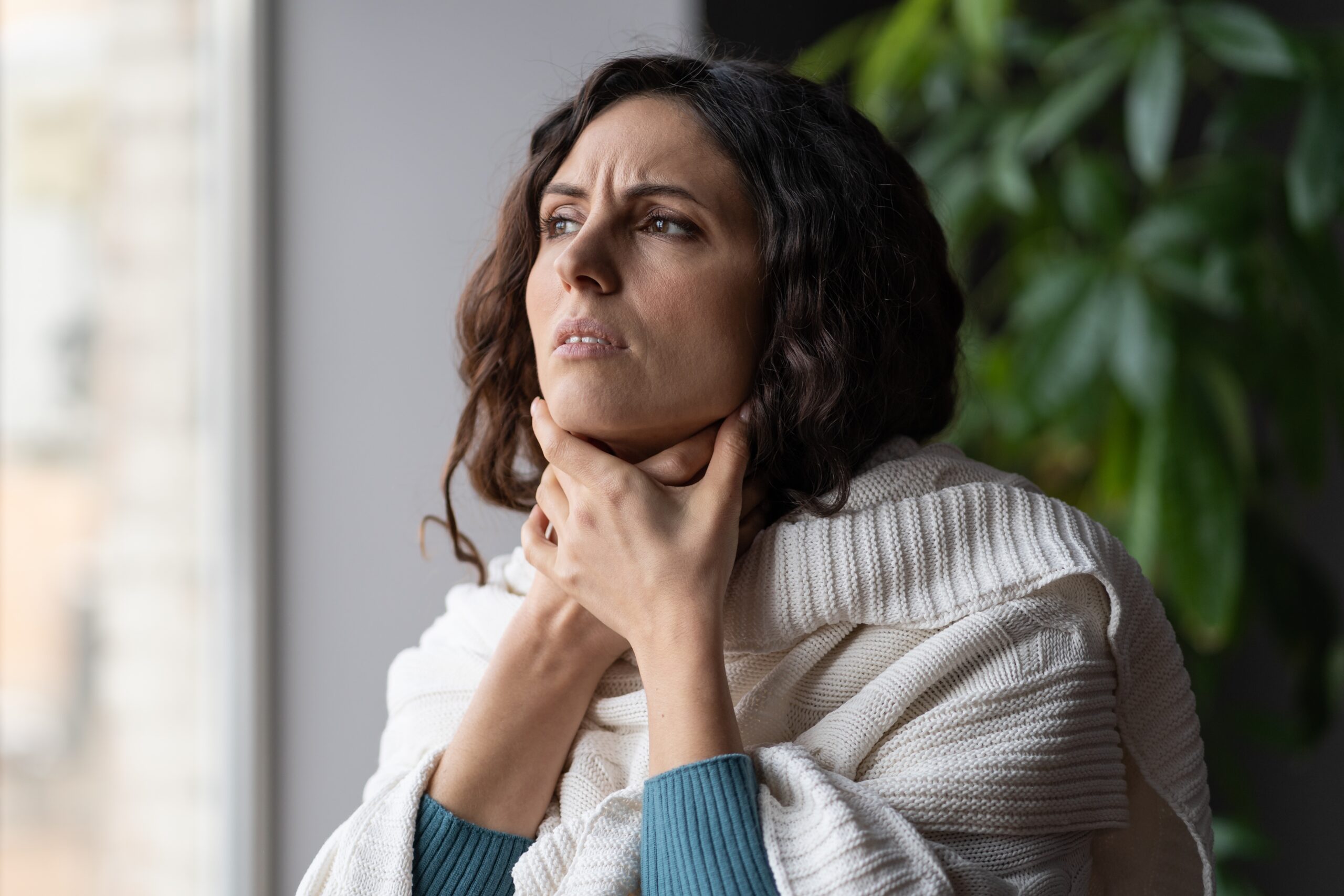Gonorrhea is a common sexually transmitted infection (STI) that can affect both men and women. Getting tested for gonorrhea is an important step in maintaining your sexual health and preventing the spread of this infection. Everything you need to know about gonorrhea testing, from why it’s important to what you can expect during the process is below:
Purpose of the Gonorrhea Test
The main goal of a gonorrhea test is to check if you have this bacterial infection. It’s a crucial part of taking care of your sexual health, especially if you’re sexually active or have any symptoms that might point to an STI.
Gonorrhea often doesn’t cause any noticeable symptoms, which is why regular testing is so important. Even if you feel fine, you could still have the infection and pass it on to others without knowing it.
Importance of Gonorrhea Testing
Testing for sexually transmitted infections (STIs)
Getting tested for gonorrhea and other STIs is a key part of staying healthy if you’re sexually active. It’s not just about your own health – it’s also about protecting your partners and preventing the spread of infections3.
Regular testing is especially important for:
- People under 25 who are sexually active
- Those who have multiple sexual partners
- Men who have sex with men
- People with HIV
- Anyone who’s had unprotected sex or shared drug equipment
Identifying asymptomatic cases
One of the tricky things about gonorrhea is that it often doesn’t cause any symptoms. In fact, many people who have it don’t even know they’re infected. That’s why testing is so crucial – it can catch the infection even when there are no obvious signs.
Types of Gonorrhea Tests
There are a couple of different ways to test for gonorrhea:
Urine tests
This is a simple and non-invasive way to check for gonorrhea. You’ll just need to pee in a cup, and the sample will be tested for the presence of the bacteria that cause gonorrhea.
Swab tests
For this type of test, a healthcare provider will use a cotton swab to collect a sample from the part of your body that might be infected. This could be your urethra, cervix, rectum, or throat, depending on your sexual practices and where you might have been exposed to the infection1.
Preparing for a Gonorrhea Test
Restrictions before the test
There’s not much you need to do to prepare for a gonorrhea test. But there are a few things to keep in mind:
- If you’re having a urine test, try not to pee for at least an hour before the test
- For women, it’s best to avoid douching or using vaginal creams for 24 hours before a swab test
- If you’re on antibiotics, let your healthcare provider know, as this could affect the test results1
Guidance for optimal accuracy
To get the most accurate results:
- Be honest with your healthcare provider about your sexual history
- If you’re having symptoms, mention them to your provider
- Follow any specific instructions given by your healthcare provider
What to Expect During the Test
Procedure overview for urine tests
A urine test for gonorrhea is pretty straightforward:
- You’ll be given a clean cup to pee in
- You’ll need to catch the first part of your urine stream in the cup
- You’ll give the sample to the healthcare provider or lab technician
- The sample will be sent to a lab for testing
Procedure overview for swab tests
If you’re having a swab test, here’s what you can expect:
- The healthcare provider will use a cotton swab to collect a sample from the potentially infected area (urethra, cervix, rectum, or throat)
- This might feel a bit uncomfortable, but it shouldn’t be painful
- The swab will be sent to a lab for testing
Interpreting Test Results
Understanding negative results
If your test comes back negative, it means that the lab didn’t find any evidence of gonorrhea in your sample. But keep in mind that if you’ve been exposed very recently, the test might not pick it up yet. If you’re worried, you can always ask about getting retested.
What a positive result means
A positive test result means that the gonorrhea bacteria were found in your sample. Don’t panic – gonorrhea is treatable with antibiotics. Your healthcare provider will prescribe the right treatment for you.
Follow-up actions after testing
If your test is positive:
- Make sure to take all the antibiotics as prescribed
- Avoid sexual contact until you’ve finished treatment and your doctor says it’s okay
- Let your sexual partners know so they can get tested and treated if necessary
- Get retested after treatment to make sure the infection is gone
Risks Associated with Gonorrhea Testing
Potential discomfort during testing
Gonorrhea testing is generally safe and doesn’t have many risks. You might feel a bit uncomfortable during a swab test, but it shouldn’t be painful. If you’re worried, talk to your healthcare provider about what to expect1.
Psychological impact of results
Getting tested for STIs can be stressful, and dealing with the results can be tough emotionally. It’s normal to feel anxious or upset. Remember, healthcare providers are there to help, not judge. If you’re struggling with the emotional impact, don’t hesitate to ask for support or resources.
Symptoms of Gonorrhea
Common symptoms in men
Men with gonorrhea might notice:
- A burning feeling when peeing
- A white, yellow, or green discharge from the penis
- Painful or swollen testicles
Common symptoms in women
Women might experience:
- Painful or burning sensation when peeing
- Increased vaginal discharge
- Vaginal bleeding between periods
But remember, many people with gonorrhea don’t have any symptoms at all.
Complications from untreated gonorrhea
If left untreated, gonorrhea can lead to serious health problems:
- In women, it can cause pelvic inflammatory disease (PID), which can lead to infertility
- In men, it can cause a painful condition in the tubes attached to the testicles
- In rare cases, it can spread to your blood or joints, which can be life-threatening
That’s why early detection and treatment are so important.
Maintaining Sexual Health
Regular STI testing practices
Getting tested regularly for STIs, including gonorrhea, is a key part of taking care of your sexual health. How often you should get tested depends on your sexual activity and risk factors. Talk to your healthcare provider about what’s right for you.
Safe sex recommendations
To reduce your risk of getting or spreading gonorrhea:
- Use condoms correctly every time you have sex
- Limit your number of sexual partners
- Get tested regularly, especially if you have new or multiple partners
- Talk openly with your partners about STIs and testing
Home Testing Options for Gonorrhea
Advantages of home testing
Home testing kits for gonorrhea are becoming more widely available. They offer:
- Privacy and convenience
- The ability to test without going to a clinic
- Quick results, often within a few days
Limitations and considerations
While home tests can be useful, they have some drawbacks:
- They might not be as accurate as tests done in a healthcare setting
- You won’t have immediate access to a healthcare provider to discuss your results
- If you test positive, you’ll still need to see a doctor for treatment
Communicating with Healthcare Providers
Importance of discussing testing and results
Open communication with your healthcare provider is crucial when it comes to STI testing. Don’t be embarrassed to ask questions or share concerns. Remember, they’re there to help you stay healthy, not to judge.
Questions to ask your healthcare provider
Here are some questions you might want to ask:
- How often should I get tested for STIs?
- What types of STIs should I be tested for?
- How can I reduce my risk of getting STIs?
- What should I do if I test positive?
- How can I tell my partner(s) if I have an STI?
People Also Ask
How soon after exposure can I get tested for gonorrhea?
It’s best to wait at least 5-7 days after potential exposure before getting tested for gonorrhea. This gives the bacteria time to multiply to detectable levels. If you test too early, you might get a false negative result1.
Can I get gonorrhea from kissing?
It’s very unlikely to get gonorrhea from kissing. Gonorrhea is typically spread through sexual contact, including vaginal, anal, and oral sex.
Remember, taking care of your sexual health is an important part of your overall well-being. Regular testing, open communication with partners and healthcare providers, and practicing safe sex are all key steps in preventing and managing STIs like gonorrhea.
Can gonorrhea go away on its own?
No, gonorrhea won’t go away on its own. It needs to be treated with antibiotics. If left untreated, it can lead to serious health complications5.
How accurate are gonorrhea tests?
Gonorrhea tests are generally very accurate, especially nucleic acid amplification tests (NAATs) which are about 95-99% accurate. However, no test is perfect, and factors like how the sample was collected can affect accuracy1.
Sources
- Gonorrhea: Symptoms, Treatment, Causes, and More. (2025). https://www.healthline.com/health/gonorrheaIn the US and all around the world, the rise of sexually transmitted diseases is a cause for public health concern. The CDC reports that the 8 most common STDs (chlamydia, gonorrhea, hepatitis B virus, herpes simplex virus type 2, HIV, HPV, syphilis and trichomoniasis) account for nearly 20 million new infections in the US each year.1 Getting the proper tests and treatment for anyone at risk is key to slowing the spread of infectious disease. With simple, discreet and cost-effective options available, getting tested should involve only the results, not shame or discomfort.
- Gonorrhea Test: MedlinePlus Medical Test. (2022). https://medlineplus.gov/lab-tests/gonorrhea-test/
- Point-by-point progress: gonorrhea point of care tests. (2020). https://www.ncbi.nlm.nih.gov/pmc/articles/PMC7483383/
- STD awareness and testing is important for long-term health. (n.d.). https://www.capbluecross.com/wps/portal/cap/home/explore/resource/capital-journal/std-awareness
- Psychological Impact Of Gonorrhea: Diagnosis And Management. (2025). https://my.klarity.health/psychological-impact-of-gonorrhea-diagnosis-and-management/
Medically reviewed by: Dr. John Doe, STDtest.com
Confidential, Private and Affordable STD Testing?
Order a full 10 test STD screening panel now for just $139.
Individual STD tests starting at just $24.
Related Articles

Top 10 Myths about Herpes

Chlamydia in the Mouth: What It Is & How to Treat It



